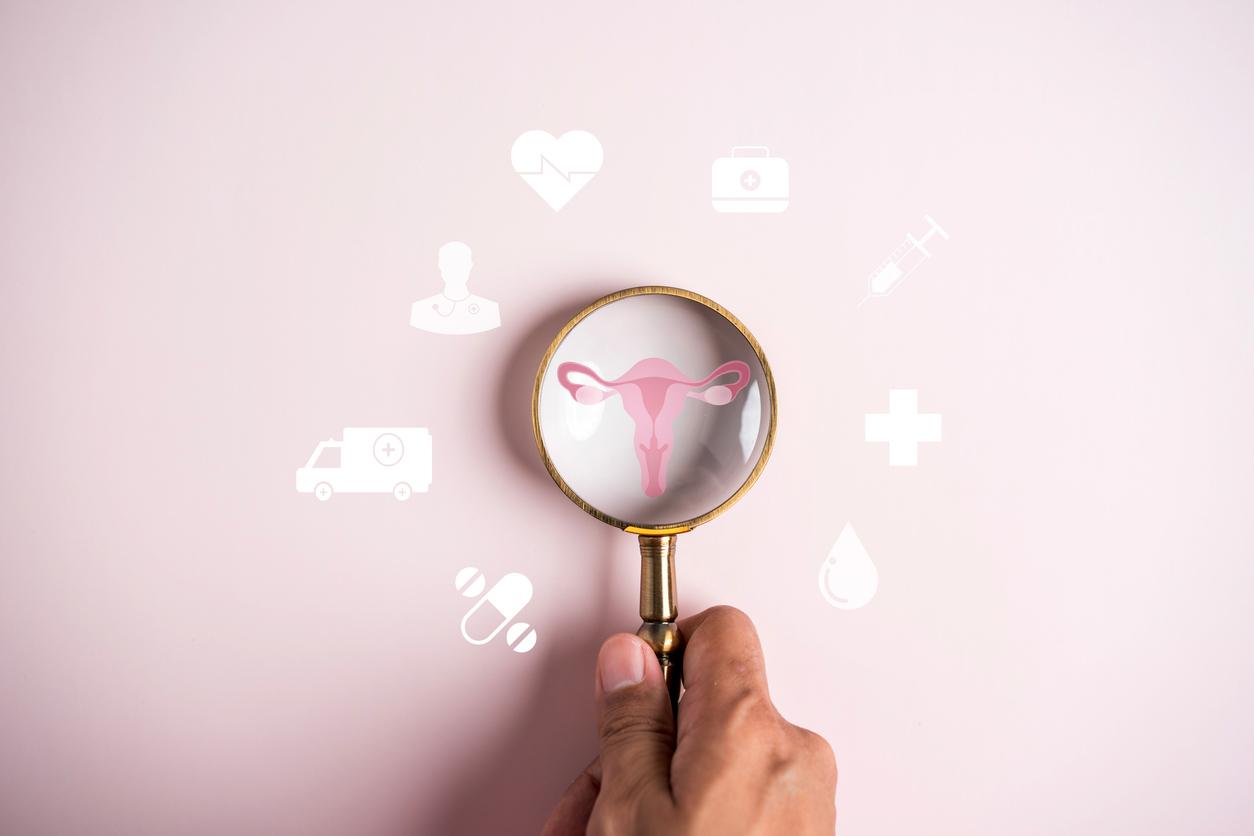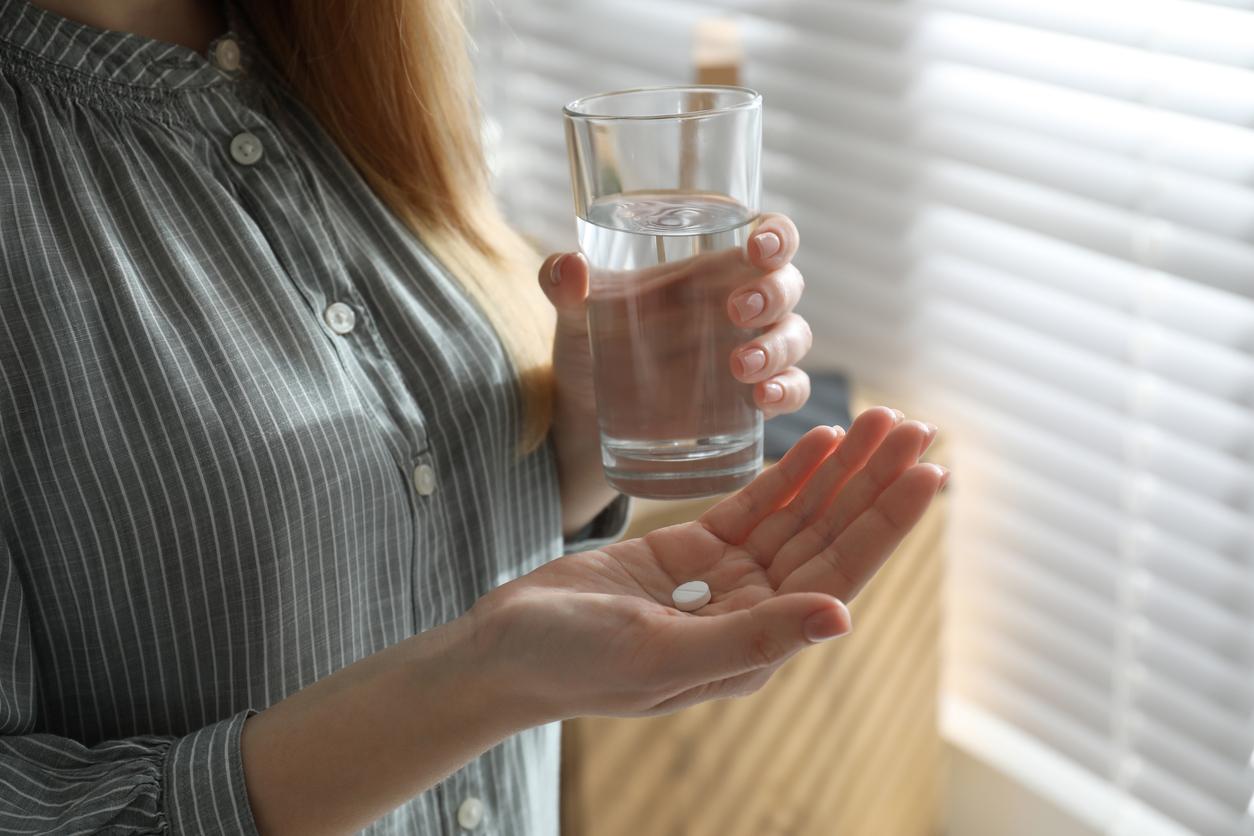
March 5, 2018
Itching? Vulvar burns? Abundant white discharge? You are perhaps one of the 75% of women affected at least once in their life by vaginal yeast infection. While the infection is usually mild, it can quickly become very bothersome and should be treated quickly.
Vaginal yeast infection, a benign condition with multiple causes
Vaginal infections, otherwise known as vaginal yeast infections, are caused 9 out of 10 times by microscopic fungi called candida albicans, which can affect any part of the body. The origin of the yeast infection is complex and most often results from a modification of the vaginal flora. This is for example the case during prolonged antibiotic treatment or too frequent wearing of sanitary napkins. Diabetes, pregnancy, vaginal acidity, contamination of the intestine or chemical aggression by too acidic soaps are all factors that can promote the development of vaginal yeast infection.
Symptoms of vaginal yeast infection are mainly permanent itching at the entrance to the vagina and vulva, which is most often red and swollen, a thick, creamy white discharge, and sometimes even painful intercourse or burning during urination.. Questioned by our colleagues from Figaro, Doctor Jean-Marc Bohbot, infectious disease specialist specializing in urogenital infections at the Fournier Institute in Paris, specifies that if they are very troublesome, mycoses do not cause complications. ” Contrary to popular belief, they do not increase the risk of cervical cancer or the risk of becoming infertile. “
A simple local treatment is usually sufficient to treat vaginal yeast infection.
If the symptoms of the yeast infection are not serious, they can quickly become very bothersome and the infection will rarely go away on its own.. There are treatments available without a prescription in pharmacies, but it is always best to consult a doctor, to make sure that it is indeed a simple yeast infection. So always consult your doctor or gynecologist in case of specific symptoms.
To overcome this vaginal infection, local treatment will suffice in most cases. Your doctor will usually prescribe a vaginal egg, to be introduced in the evening for 1 to 3 days, as well as a cream to be applied several times a day to the external mucous membranes. Women prone to repeated yeast infections will have to follow a heavier treatment, which can last up to 6 months.
In order to limit the risks of developing vaginal yeast infection, certain precautions can be taken on a daily basis, such as the use for your personal hygiene of mild hygiene products, without soap or antiseptic, and above all, to avoid douching.
Aurélie Giraud
To read also: What are the existing types of yeast infection?

















